
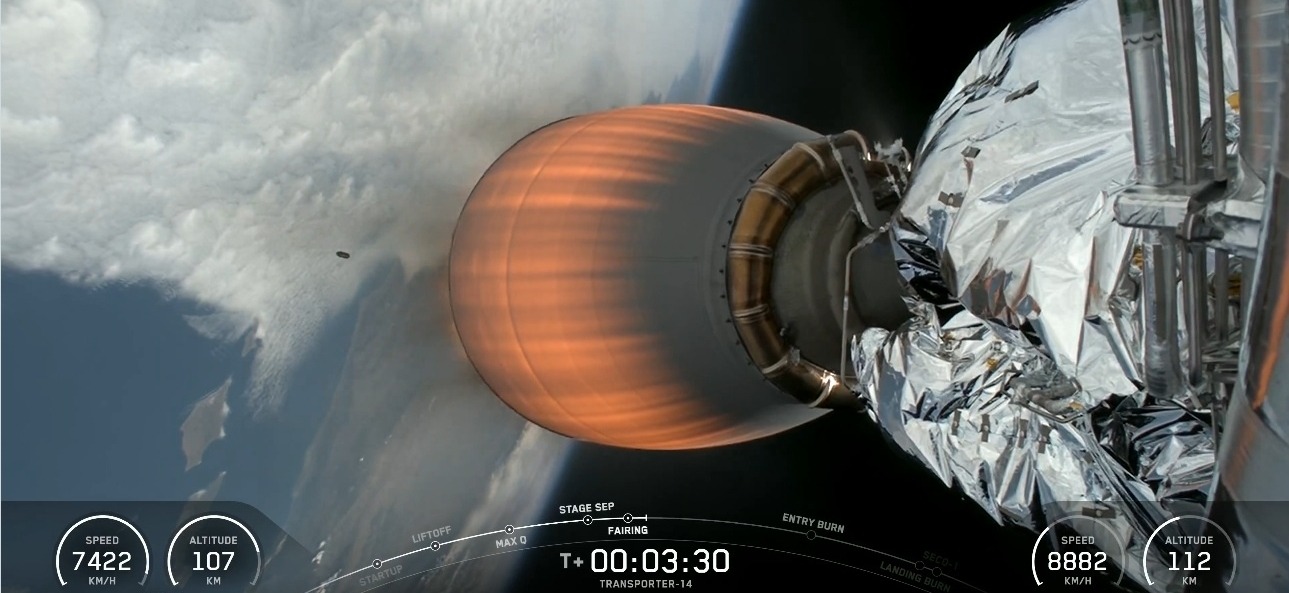
ARCSTONE Hyperspectral Instrument Launch
Advancing Satellite Calibration Standards
The ARCSTONE hyperspectral instrument was
successfully launched from Vandenberg Space Force Base aboard the SpaceX
Transporter 14 mission on June
23, 2025, at 2:25pm PDT. First contact with the satellite was made approximately 2.5 hours later.
This research mission aims to improve data
accuracy recorded from many satellites, including data already recorded, while
also reducing costs for future satellite-based instruments.
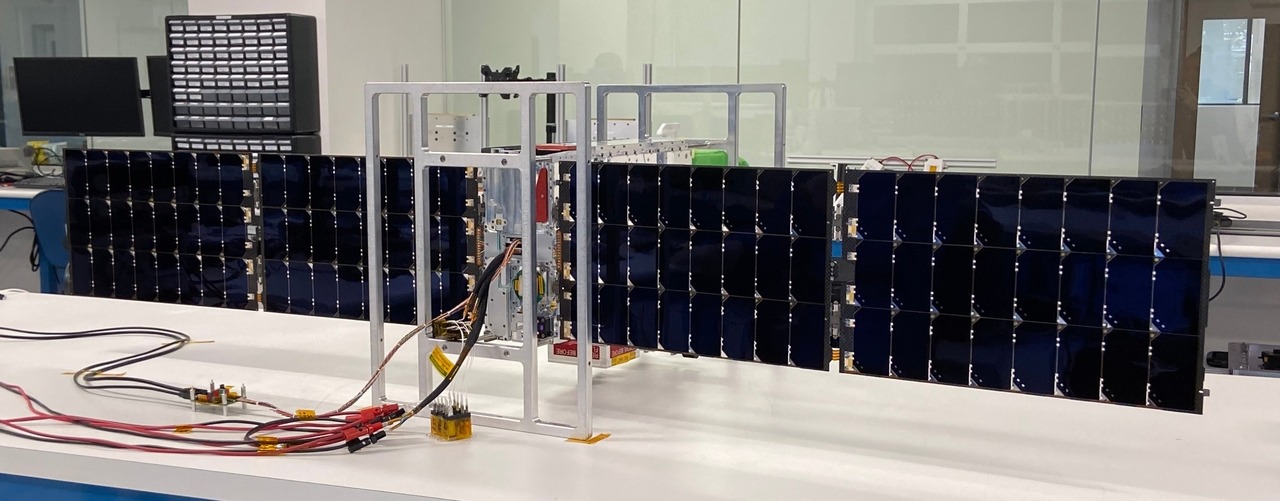
Figure 1: The ARCSTONE instrument integrated with the CubeSat. Image courtesy of Blue Canyon Technologies.
ARCSTONE Mission Objectives
The ARCSTONE instrument addresses two
primary objectives in satellite-based Earth observation:
- Improved Data Accuracy: The mission will enhance the accuracy of measurements from Earth-viewing satellites by establishing a lunar reflectance calibration ~10x better than exists today. Increased data accuracy enables better weather/storm forecasting and more accurate climate models. Some previously collected satellite datasets will be recalibrated using ARCSTONE measurements, potentially improving the accuracy of long-term environmental and climate models.

Figure 2: Hurricane Florence as seen from the International Space Station. Image courtesy of NASA.
- Simplified Future Satellite Missions: Lunar reflectance data from the ARCSTONE mission may eliminate the need for onboard calibration systems in some future satellite instruments, providing a long-term cost benefit.
Lunar Reflectance Calibration Methodology
Figure 3: Animation of the ARCSTONE instrument measuring solar and lunar signals. Courtesy of NASA/Tim Marvel/Blue Canyon Technologies.
ARCSTONE creates a lunar reflectance
calibration with near simultaneous measurements of the signal from both the sun
and the moon. This approach builds upon previous ground-based lunar reflectance
measurements, which had higher uncertainties due to atmospheric interference.
Operating above Earth's atmosphere, ARCSTONE
can measure lunar reflectance with significantly reduced uncertainty. The
resulting lunar reflectance dataset will enable the moon to be used as an
accurate “standard candle” calibration source, eliminating the need for
expensive, complex, and heavy onboard calibration systems in future
satellite-based instruments.
ARCSTONE Project Technical Challenges
The ARCSTONE project presented some significant
technical challenges, including:
- Dynamic Range Requirements: The instrument must accurately measure the brightness of the moon and the brightness of the sun. The sun is ~1,000,000 times brighter than the moon.
- Orbital Environment Effects: Optical systems in low Earth orbit experience degradation from radiation exposure, highly reactive atomic oxygen, thermal cycling, and particle bombardment.
- Platform Constraints: The instrument had to meet research-grade measurement requirements and still integrate into a 6U CubeSat satellite bus. The space for the instrument, the control computer, and the calibration system is about 9” x 9” x 3.5”—roughly the size of a shoebox!
Addressing the ARCSTONE Technical Challenges
Resonon addressed these technical challenges
through several means:
- Novel Optical Design: The system uses different integration times and measurement redundancy to achieve the Signal-to-Noise Ratios (SNR) required for 0.5% accuracy.
- Common Optical Path: Both solar and lunar measurements use the same optical components. This approach ensures that any optical degradation impacts both solar and lunar measurement sets equivalently, allowing degradation effects to cancel out when ratioing lunar-to-solar measurements.
- Compact Design: After many iterations, a simple but elegant design was created that fit into the 6U CubeSat volume.
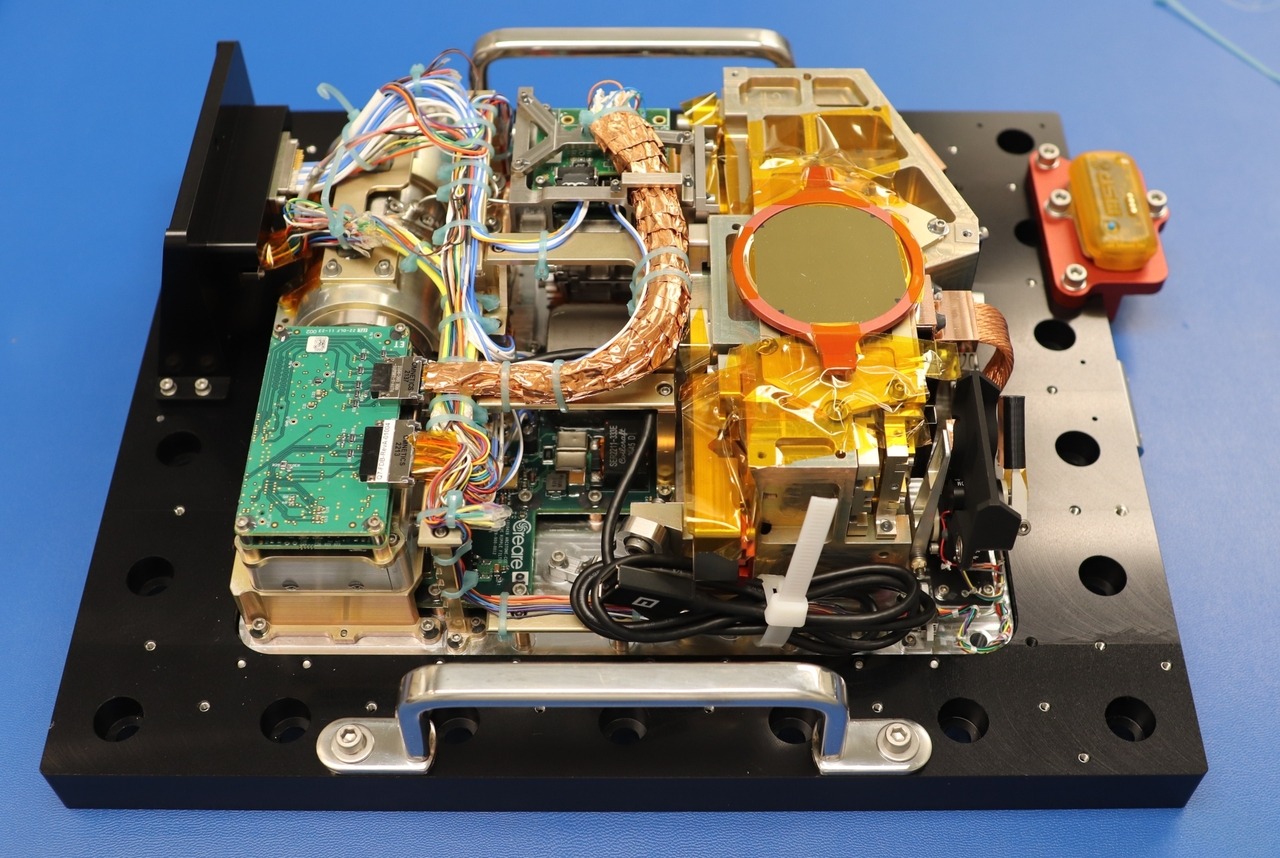
Figure 4: The ARCSTONE instrument built by Resonon, prior to being integrated into the CubeSat bus. Image courtesy of Resonon.
A Collaborative Effort
The ARCSTONE project was made possible via
the collaboration of multiple partners across different sectors:
- Industry: Resonon, Quartus Engineering, and Blue Canyon Technologies (a subsidiary of Raytheon)
- Academic: Laboratory for Atmospheric and Space Physics (LASP) at the University of Colorado Boulder
- Government: National Institute of Standards and Technology (NIST), United States Geological Survey (USGS), and, of course, NASA
Acknowledgments
Resonon is honored to
have been part of this project and would like to thank all project participants
for collaborating with us. We would especially like to thank the NASA Earth
Science Technology Office (ESTO) for funding this mission.
More Information
Our previous ARCSTONE blog post provides additional technical information and a list of publications pertaining to the ARCSTONE project.
This NASA.gov article provides additional
detail on the mission objectives, and how an internationally accepted standard
calibration for lunar reflectance could benefit many different fields.
Contact us
For inquiries about how Resonon might help solve challenges in your industry or area of research, please reach out.
Contact us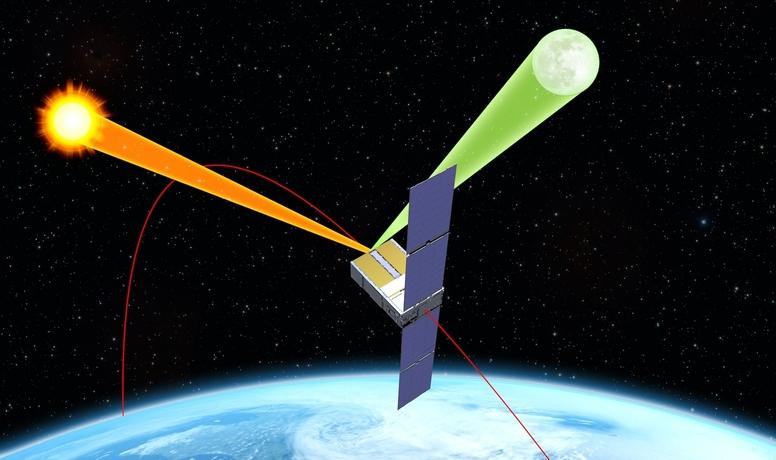
Application
ARCSTONE Space Flight Hyperspectral InstrumentFebruary 22, 2024
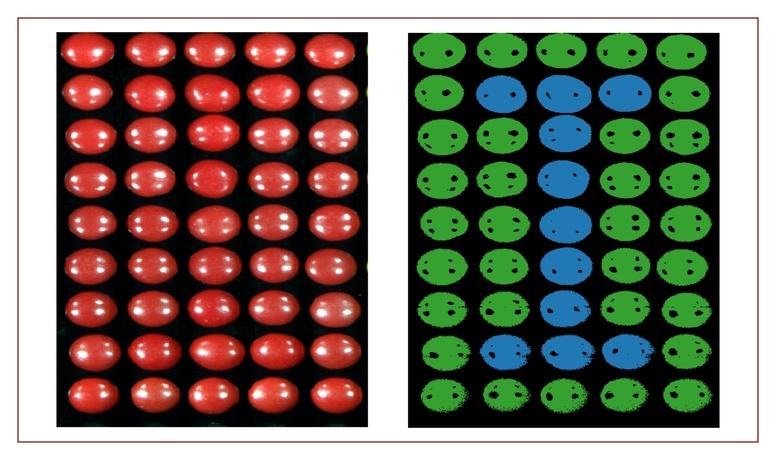
Basics
An Introduction to Hyperspectral ImagingOctober 4, 2023
Contact Us
Click below and our hyperspectral experts will contact you soon.
Complete Hyperspectral Imaging Solutions
Contact
Resonon Inc.123 Commercial Drive
Bozeman, MT 59715 USA
